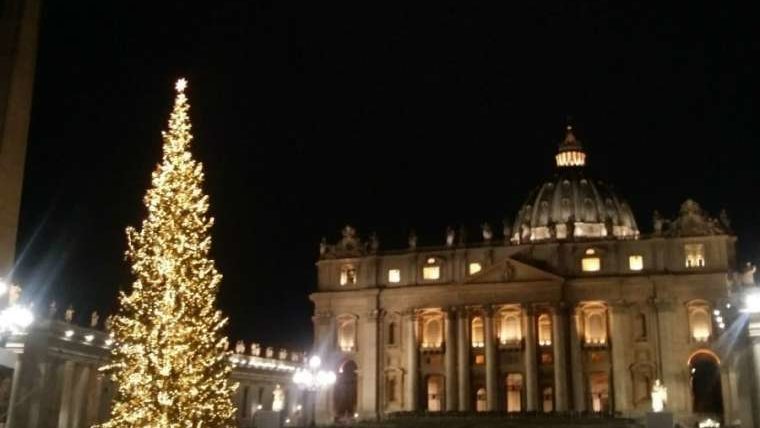In the early days of the Church, the faithful kept vigils in the nights before every feast. In the evening, they assembled where the feast was to be celebrated, and prepared by praying, reading Holy Writ (now the Offices of Vespers and Matins), and sometimes with sermons.
On these vigils, Mass was celebrated in the evening, before the Vespers of the following day. As morning came, people dispersed to the streets to wait for the services of the feast day.
The vigil was a regular institution of Christian life, highly recommended by St. Augustine and St. Jerome. The Synod of Seligenstadt in 1022 mentions vigils the nights before Christmas, the Epiphany, the feast of the Apostles, the Assumption of Mary, and All Saints.
The Roman calendar has 17 vigils, including the eves of Christmas, the Epiphany, the Ascension, Pentecost, the Immaculate Conception, the Assumption, the eight feasts of the apostles, St. John the Baptist, St. Laurence, and All Saints.
In the United States, only four of these vigils are feast days: Christmas, Pentecost, the Assumption, and All Saints.

